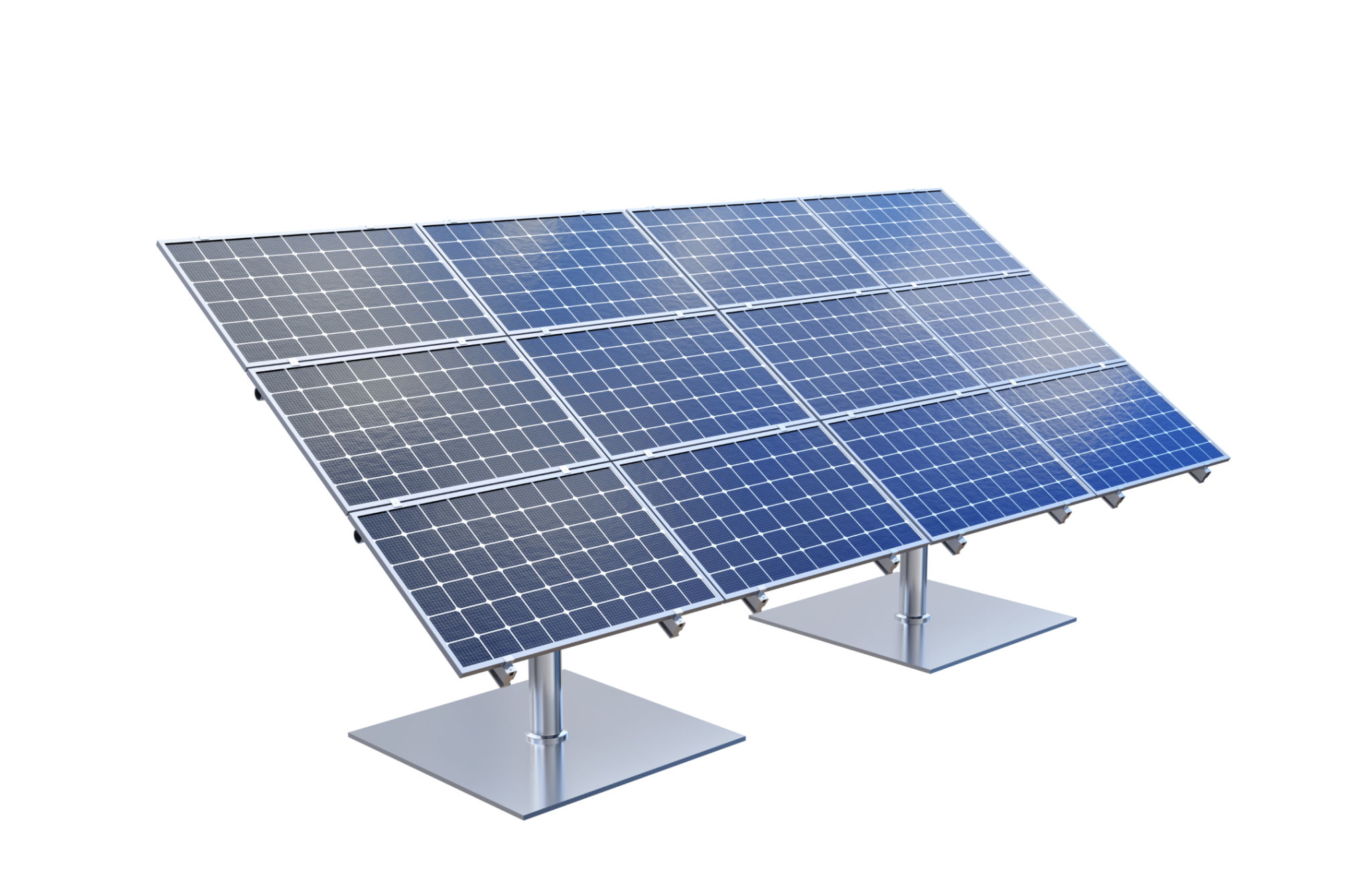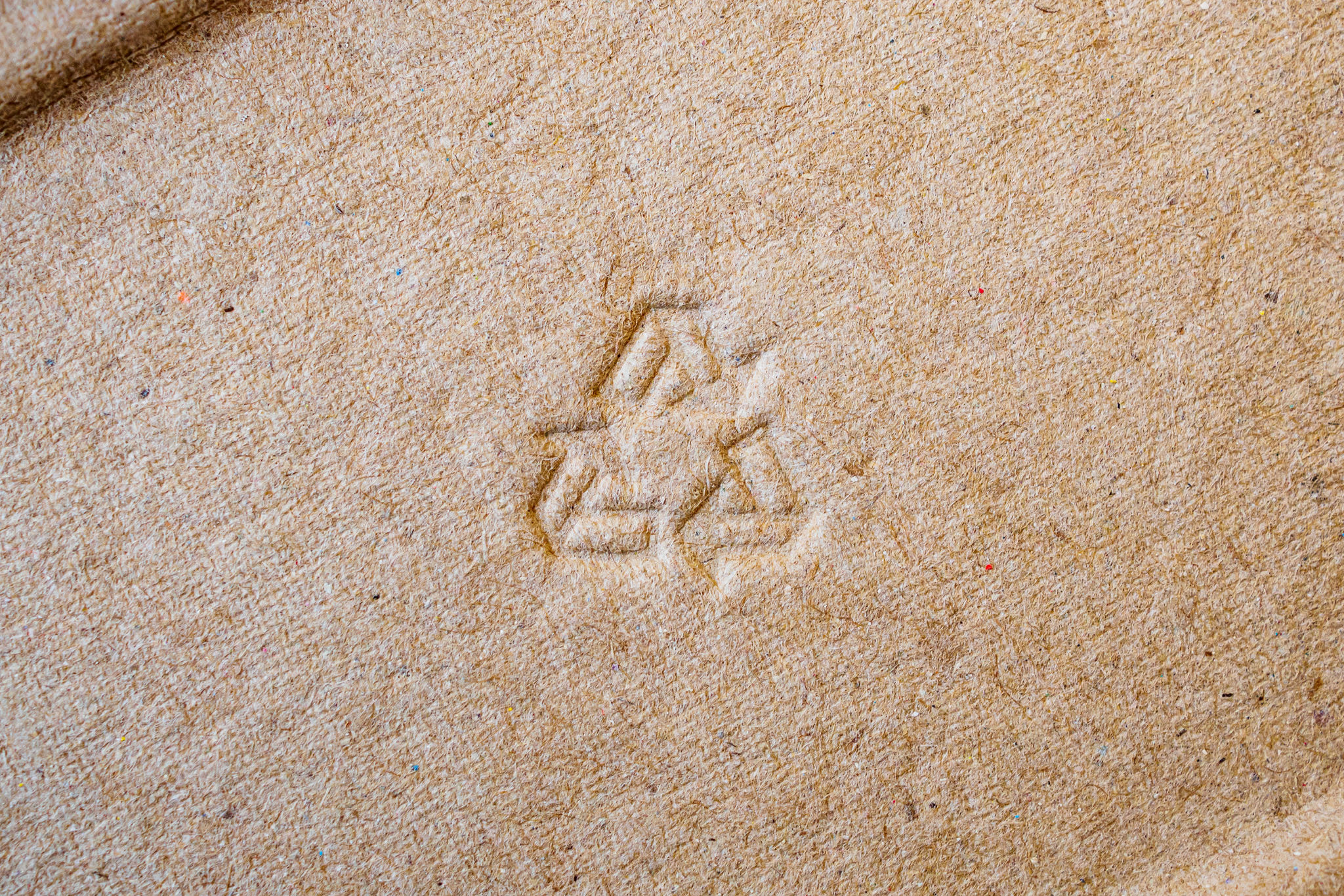Sustainable Architecture: How to Incorporate Eco-Friendly Elements in Your Home
Embracing Sustainable Architecture in Your Home
As environmental concerns continue to mount, the demand for sustainable architecture has never been more pressing. Homeowners are increasingly looking to incorporate eco-friendly elements into their living spaces, not only to reduce their carbon footprint but also to create healthier environments. Whether you're building a new home or renovating an existing one, there are several strategies you can employ to make your home more sustainable.

Utilize Renewable Energy Sources
One of the most impactful ways to make your home more eco-friendly is by utilizing renewable energy sources. Solar panels, for instance, can significantly reduce your reliance on fossil fuels by converting sunlight into electricity. Consider installing a solar water heater to further cut down on energy consumption. Wind turbines are another option, particularly for homes located in areas with consistent wind patterns.
In addition to installing renewable energy systems, it’s essential to focus on energy efficiency within the home. This can involve upgrading to energy-efficient appliances, improving insulation, and using LED lighting. These changes not only help the environment but also lead to substantial savings on utility bills.

Choose Sustainable Building Materials
When constructing or renovating your home, the choice of building materials can have a significant environmental impact. Opt for materials that are sustainable, recycled, or have a low environmental footprint. Bamboo and reclaimed wood are excellent choices for flooring and furniture due to their renewability and durability.
Additionally, consider using recycled steel, which requires less energy to produce compared to traditional steel and is just as strong. Insulation made from recycled materials, such as denim or cellulose, is also a great way to incorporate sustainability into your home.

Implement Water Conservation Strategies
Water conservation is a crucial aspect of sustainable architecture. Installing low-flow fixtures, such as faucets, showerheads, and toilets, can significantly reduce water usage. Rainwater harvesting systems are another effective way to collect and reuse water for irrigation and non-potable uses.
Consider landscaping with native plants that require minimal watering and maintenance. This not only conserves water but also supports local ecosystems by providing habitats for native wildlife.

Enhance Indoor Air Quality
A sustainable home should also prioritize indoor air quality. Use non-toxic paints and finishes that emit low or no volatile organic compounds (VOCs). Incorporate indoor plants that naturally purify the air and enhance the overall aesthetic of your living space.
Proper ventilation is essential for maintaining good air quality. Ensure that your home has adequate ventilation systems in place, such as energy-efficient HVAC systems and exhaust fans in kitchens and bathrooms.
Conclusion
Incorporating eco-friendly elements into your home is not only beneficial for the environment but also enhances the quality of life for its inhabitants. By focusing on renewable energy, sustainable materials, water conservation, and air quality, you can create a home that is both beautiful and environmentally responsible. Embrace sustainable architecture and make a positive impact on the planet while enjoying the comforts of a modern, eco-friendly home.